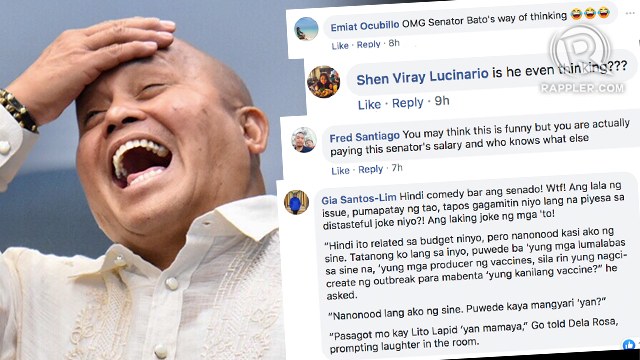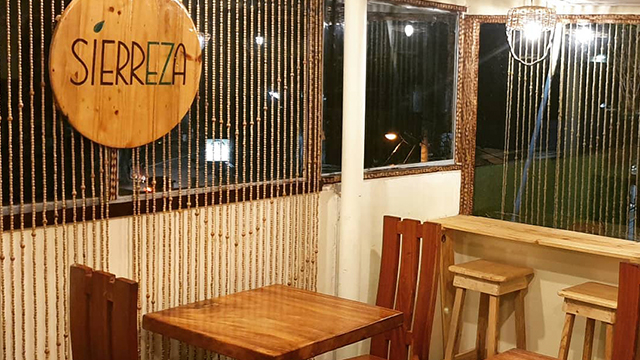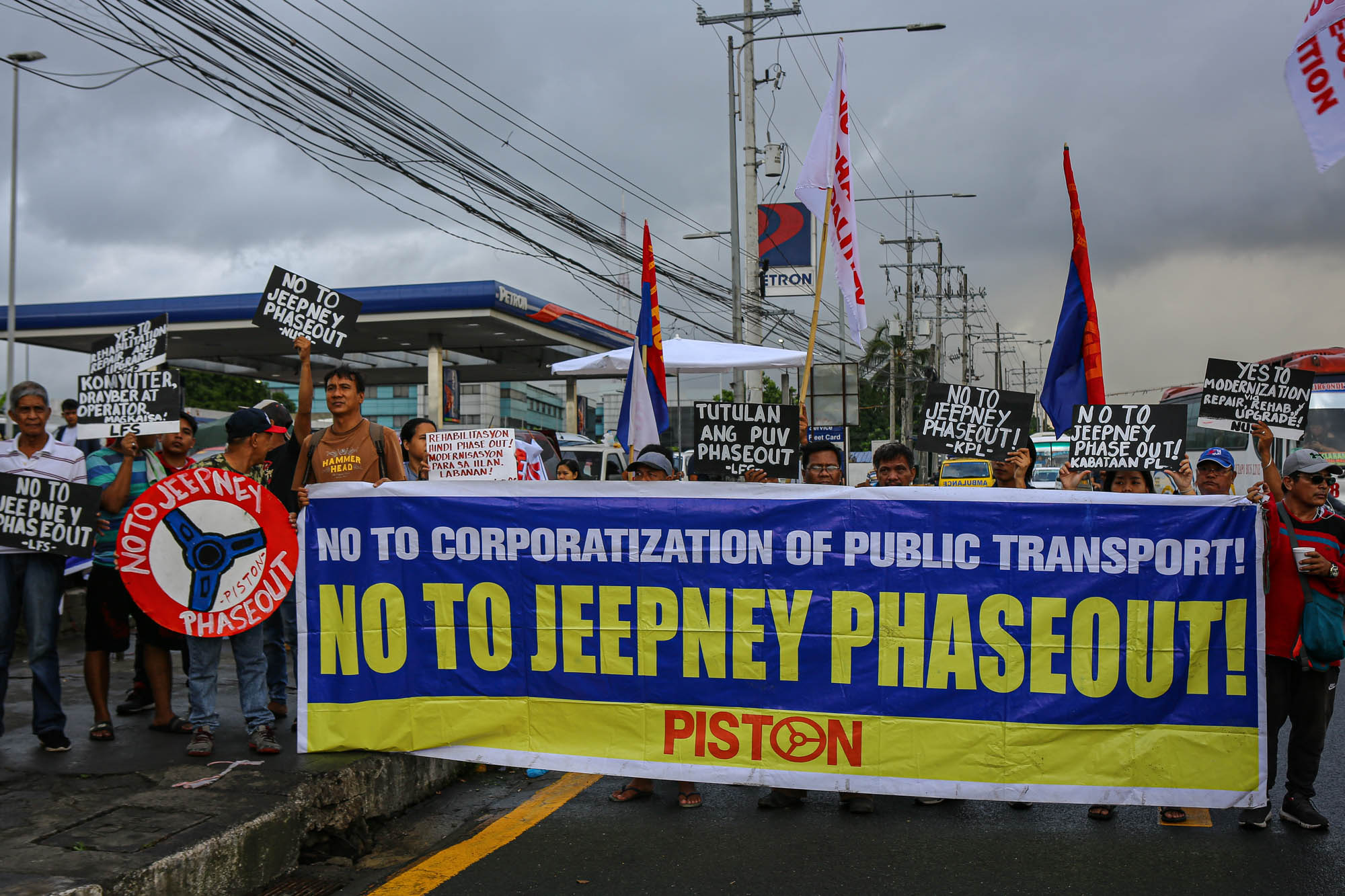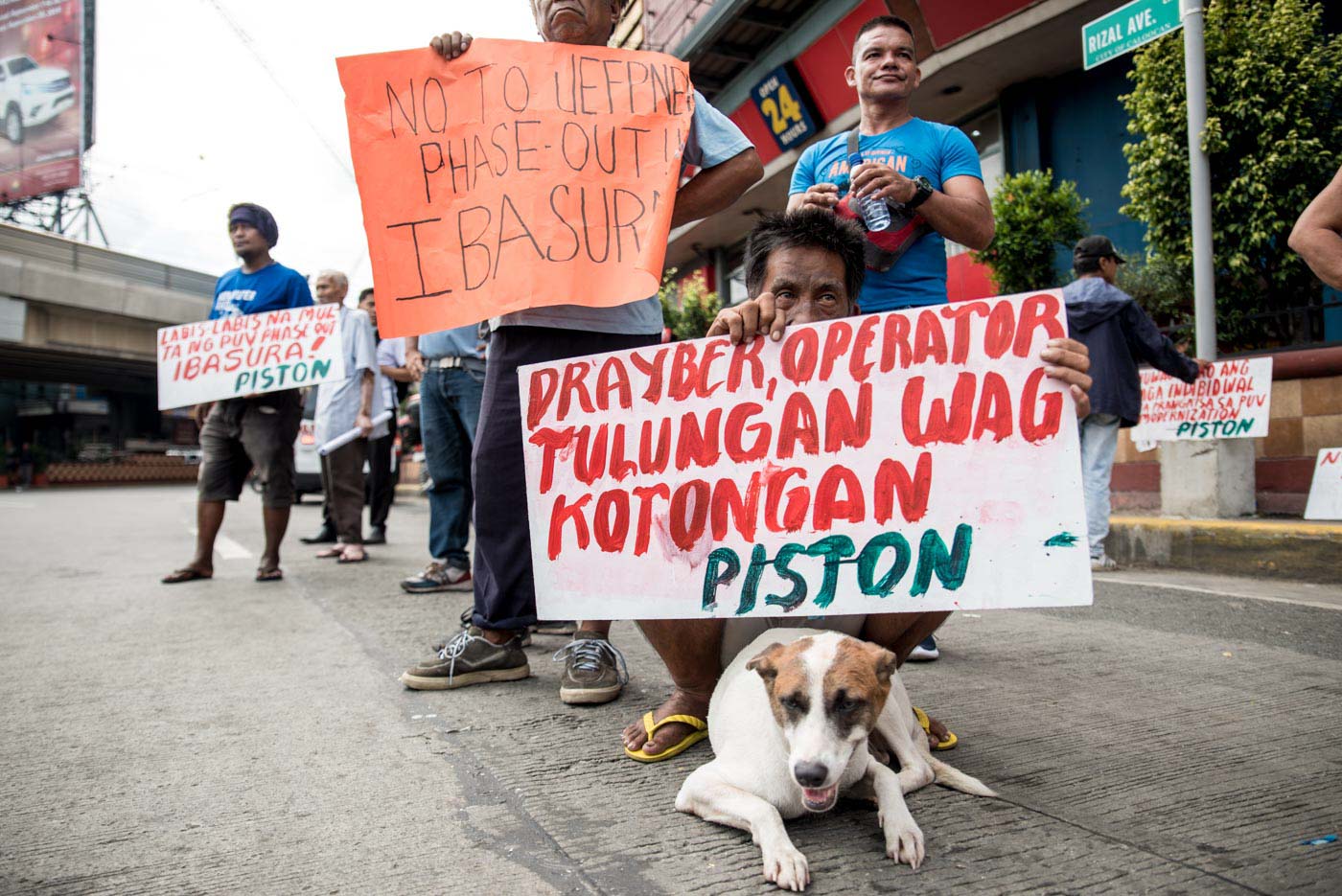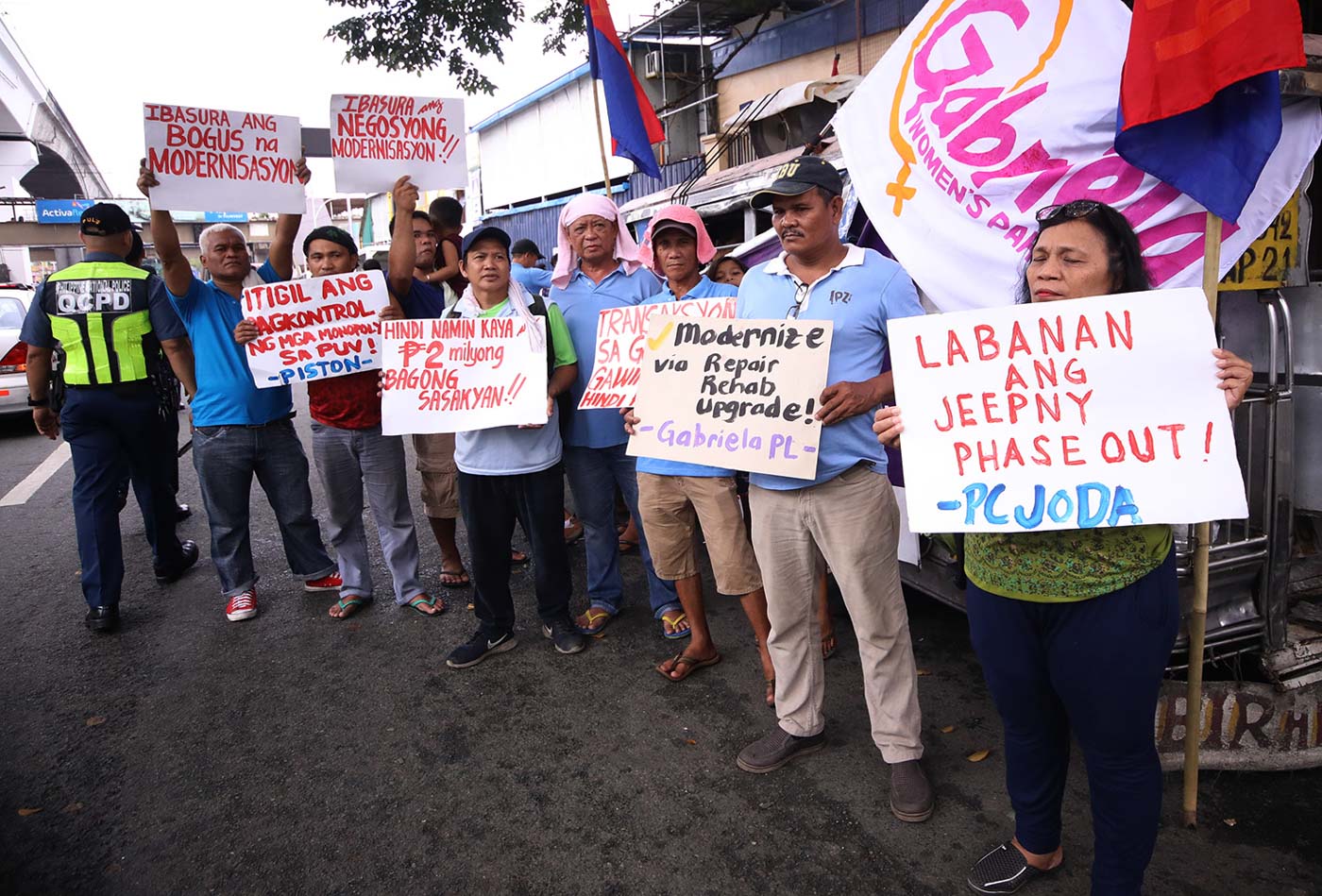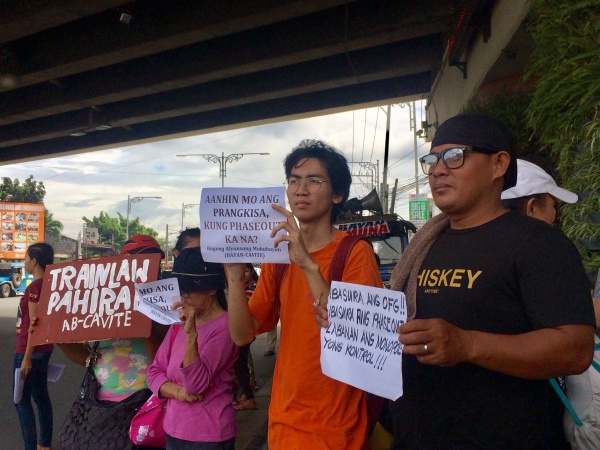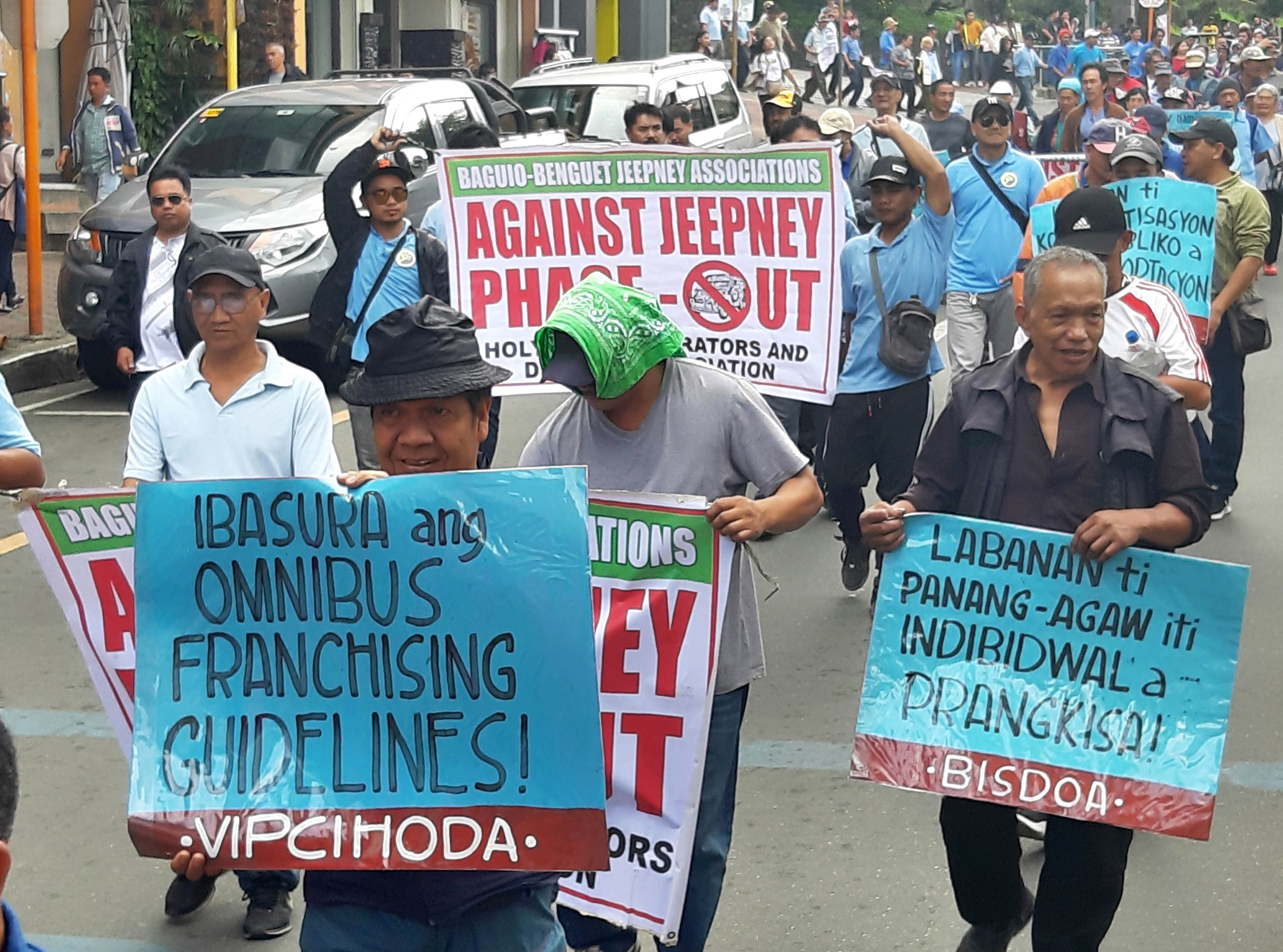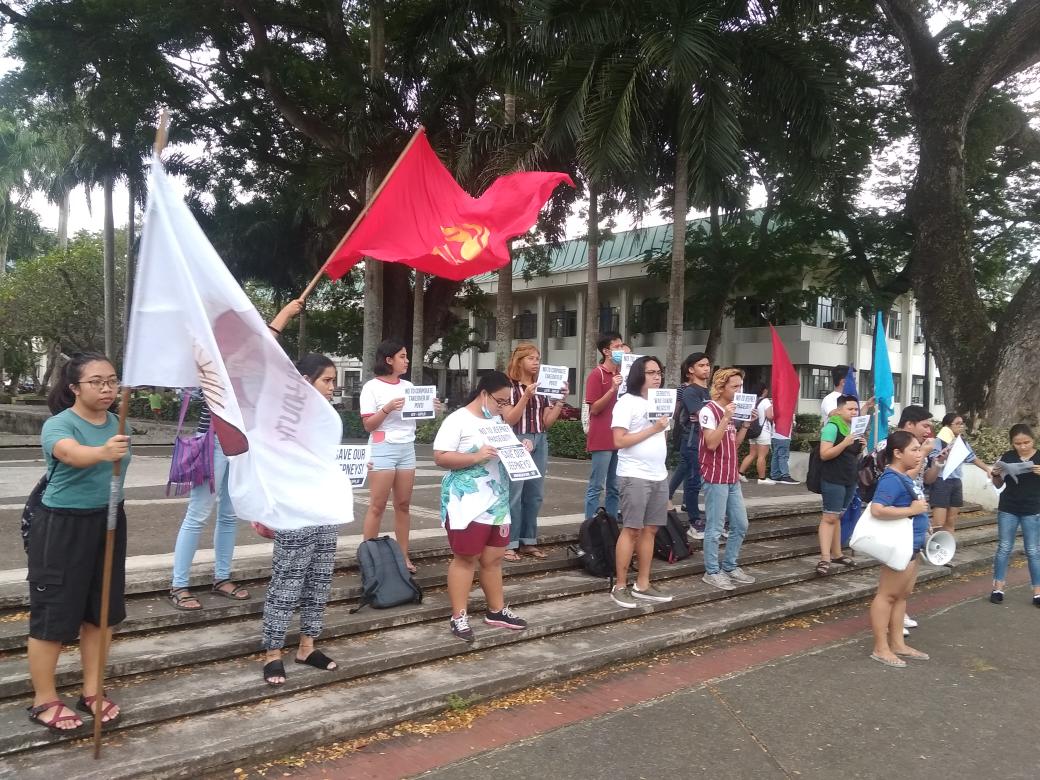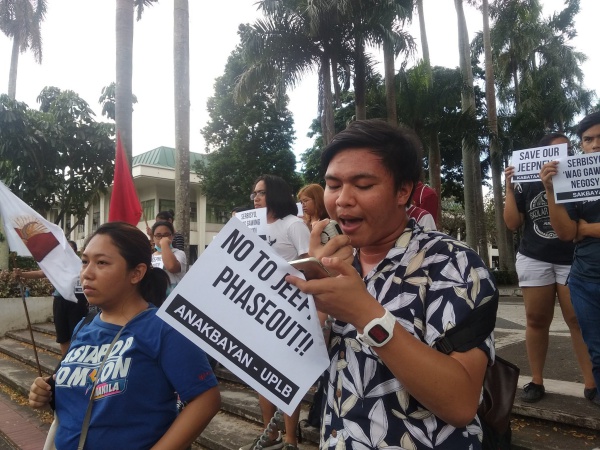
MANILA, Philippines – Putting a spotlight on the administration’s campaign against illegal drugs in the Philippines, On the President’s Orders premiered at the Active Vista’s 7th International Human Rights Film Festival in Quezon City on Friday, September 20.
The film, the first full-length documentary on the country’s war on drugs, debuted around the same time as the 47th anniversary of the late dictator Ferdinand Marcos' declaration of Martial Law.
On the President’s Orders was directed by Emmy award-winning filmmakers James Jones and Olivier Sarbil, both of whom make films primarily focused on the harsh realities of human rights violations all over the world.
Around 1,000 invited human rights advocates joined in the screening held for the first time before a Filipino audience.
On The President’s Orders is set in Caloocan City, one of the cities with the highest number of drug-related killings. It follows the perspectives of people from both sides of Duterte's war on drugs: the police officers and the urban slum families. (READ: Central Luzon: New killing fields in Duterte's drug war)
It was also interspersed with excerpts from President Rodrigo Duterte’s speeches about the war on drugs.
The importance of documentaries
Active Vista executive director Leni Velasco emphasized the necessity of helping the nation process the traumas and social ruptures that have come with Duterte's anti-illegal drugs campaign. (READ: 'Some people need killing': Murder in Manila part 1)
“Let us not allow the injustice of erasing our historical memory as a nation that this government has done to the thousands of victims of Martial Rule to be done as well to thousands of victims of the drug war,” Velasco said.
Velasco also urged the audience to continue talking about the issues presented by the film and how this documentary can be a tool to combat the current administration’s portrayal of its ongoing war on drugs.
Three years into the administration of President Duterte, the government's anti-illegal drug campaign has claimed over 5,500 lives, according to police tally. However, rights groups estimate the drug war to have claimed as much as 27,000 lives, including the victims of vigilante-style killings.
“We need to continue telling these stories,” said Velasco. “Let us resist the acts of erasures, of their stories being written out of our history and memory. We need to combat the present narrative that this government is making us believe.”
Director James Jones, though unable to attend the premiere, expressed his sentiments in a video that was shown before the film screening.
“I regret that I cannot be there with you,” he said. “But it is important that this documentary is shown in Filipino theaters, to Filipino audiences. We’re excited for you to see it.”
What comes next
After the screening of the film, human rights activists shared their insights on the docufilm in a talkback session and how truthfully it reflected the current situation in the country.
“Mahirap ma-digest ang sine, 'no? Hindi lang man natin nababasa sa diyaryo 'yan, pero araw-araw, tuloy pa rin: walang humpay ang patayan,” Free Legal Assistance Group chairperson Chel Diokno said. (It’s hard to digest the film, isn't it? We don’t read it on the news, but, every day, it goes on: the killings haven't stopped.)
Diokno believes that the most important thing to do is to document the incidents.
“We may not be able to file cases now; it may not be realistic to pursue prosecution at this point – but the time will come, that day of reckoning will come, and when it comes we have to be prepared to have the evidence,” Diokno said.
Human Rights Watch researcher Carlos conde, who highlighted the importance of starting a discussion on human rights.
“For decades, we've been bombarded with the idea that human rights is just for activists, just for leftists, for communists, for environmentalists. Well, a majority of the victims in the drug war are not those people…. Start entertaining the idea that human rights should be for all. Once you start thinking about that, you might have a better chance of making sure that this doesn't happen again,” Conde said.
For the executive director of NoBox Transitions Foundation, Ma. Inez Feria, remaining critical during these times is important.
“Now is the time to have these kinds of conversations with ourselves and develop the kinds of systems to put them in place, so that regardless of leadership down in the future, something like this won't happen,” she said.
Philippine Human Rights Information Center executive director Nymia Pimentel also suggested that concerned groups and individuals should coordinate with human rights groups.
She invited members of the academe, lawyers, and law students to extend whatever forms of support they can give to groups such as Philippine Human Rights Information Center, Philippine Alliance of Human Rights Advocates, and In Defense of Human Rights and Dignity movement.
“We are opening our offices to groups who are very much willing to discuss and see how we can further collaborate and coordinate our efforts to be able to extend justice and hold those perpetrators of human rights violations accountable,” Pimentel assured.
Promoting discourse
Velasco felt that it was important for Active Vista to be a platform for that kind of discourse, and that On The President’s Orders was an extremely relevant film to aid them in that goal.
“With the screening of On the President's Orders, we hope to encourage you to keep sharing the stories, and keep the conversation going so that we can build a strong resistance and eventually we can find ways to change the narrative towards hope and for genuine social change," she said.
Active Vista’s 7th International Human Rights Film Festival will feature other films on human rights, such as Ang Hupa, The Cleaners, Last Exit to Kai Tak, and The Mortician of Manila. The films will be shown in selected theaters in Quezon City and Bacolod City until September 29.
Malacañang criticized the foreign documentary as another attempt at black propaganda and disinformation. Presidential Spokesperson Salvador Panelo pointed out that the film was "overly dramatized" and "falsely portrays a dangerous Philippines and a murderous government."
The film screens at a time when the United Nations Human Rights Council (UNHRC) has adopted a resolution which outlines key actions against the rising killings in the Philippines, including those under President Rodrigo Duterte's war on drugs.
The UNHRC also urged the government to cooperate with UN offices and mechanisms by facilitating country visits and "refraining from all acts of intimidation or retaliation."
In a press release, Dakila Media said the film is set for a wider broadcast in the United States in October. It has also been screened at various international film festivals. – Rappler.com
Dorothy Andrada is a Mover from Roxas City, Capiz. She is currently based in Quezon City as a college freshman at the Ateneo de Manila University.




